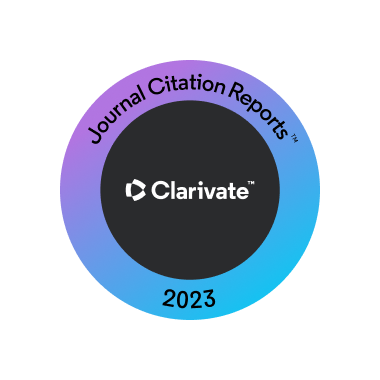Articles
Importance of clinical and genetical evaluation for non-syndromic oligodontia in orthodontics
Objectives Hypodontia is one of the most common congenital dental abnormalities. It affects approximately between the 2 to 10% of the general population. It is frequently associated with other oral anomalies, such as structural variations and malformations of other teeth, late eruption, transposition and crowding.
The most commonly missing permanent teeth are the third molars (9-37%), followed by mandibular second premolars (<3%), maxillary lateral incisors (<2%) and maxillary second premolars and mandibular incisors (<1%). More than 300 genes are involved in tooth development and the most common genes associated with the hypodontia are: WNT10A, MSX1, PAX9 and AXIN2. WNT family member 10A, LDL receptor-related protein 6, and WNT family member 10B are all implicated in oligodontia phenotypes.
Using whole-exome, novel and known variants in WNT pathway genes can be identified, and particularly in WNT10A, as pathogenic for familiar oligodontia. The objective of this case report is to evaluate the importance of the treatment and diagnosis of oligodontia in a healthy patient.
Materials and methods A 14-year-old male patient attended for an orthodontic consultation. The clinical examination revealed missing of four third molars, four mandibular incisors, two second lower premolars and two second lower molars. Two lateral maxillary incisors resulted microdontic.
Family anamnesis did not reveal history of dental agenesis. The patient and his family were directed for a genetic consultation. Orthodontic treatment objectives were the alignment of the upper and lower dental arches, correction of positions of the central incisors and manage the space for the restorative therapy of microdontic teeth and future implant and prosthodontic treatment.
Results The genetic analyses find that parents of the patient and the patient himself have a mutation of WNT10A gene. As parents are carriers of the mutation there is a 50% risk that this mutation will be passed onto their son.
Therefore, the patient is diagnosed with compatible oligodontia. The patient holds a risk of 100% of passing this mutation to his children. Patient started his treatment with bonding of upper dental arch with a system customized vestibular brackets and a prosthetic bite to give a support to lower arch and reduce overbite.
After creating the space for microdontic lateral incisors, a conservative treatment was made on four superior incisors for make an aesthetics smile.
Conclusions The patient with oligodontia generally suffer abnormal occlusion, difficulty in mastication and speech among with altered facial appearance which may cause psychological distress.
A strong genetic link associated with oligodontia helps the dentist to know the possibility of its occurrence in other family members and in future generations.
Clinical significance It is fundamental to direct the patients affected by oligodontia to a genetic analysis and know the probability of passing the mutation to their children.
Dental rehabilitation of patients with oligodontia requires orthodontic, prosthodontic and conservative treatment at the appropriate time jointly by a paediatric dentist and other dental specialists to improve oral health and psychological development of the child.
Per continuare la lettura scaricare l’allegato.






